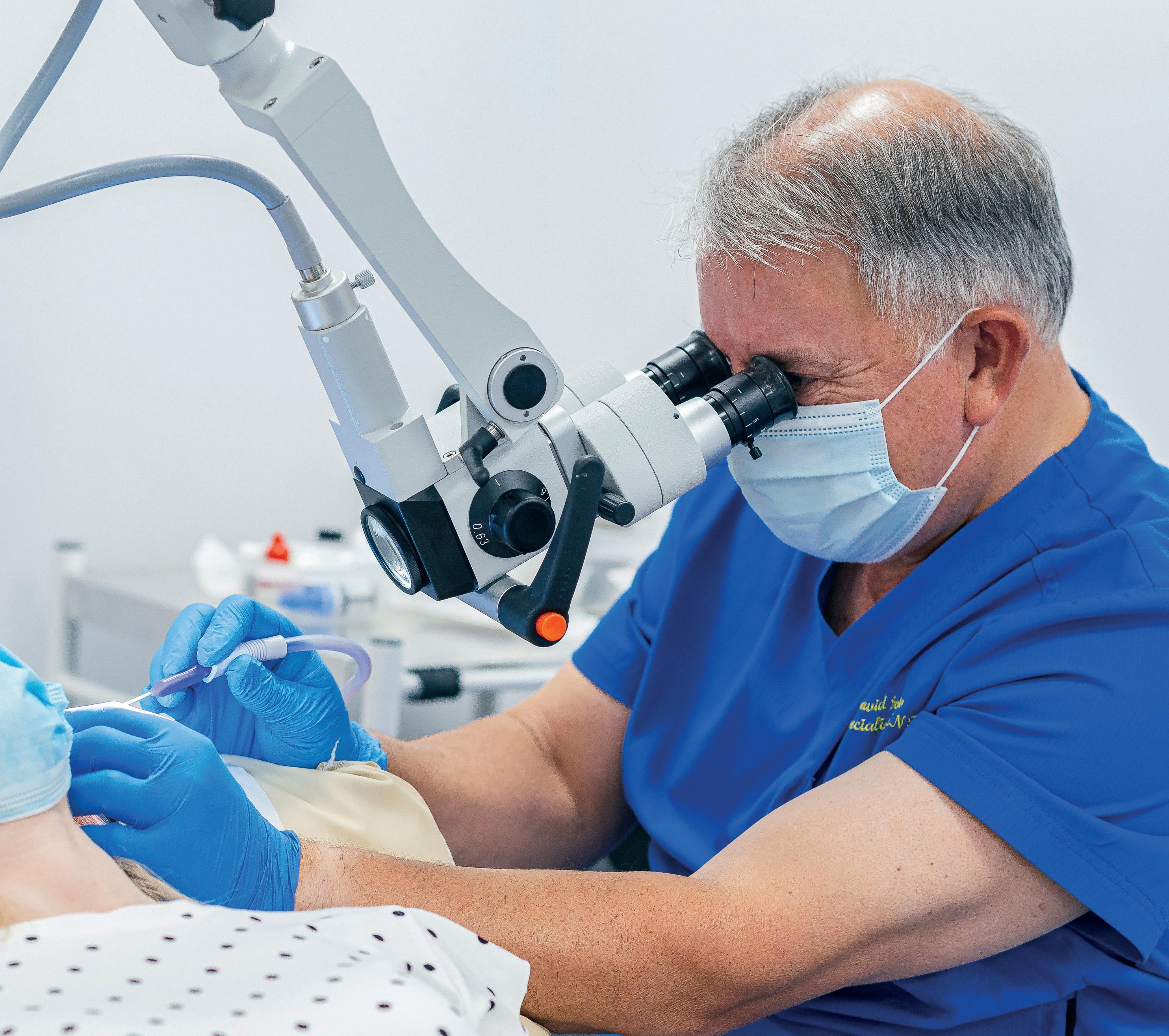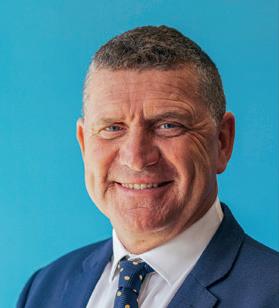GENDER PAY GAP REPORT 2021















‘Today our mean gender pay gap in Provide is 17.2%, slightly higher than the UK average of 14.4%.’ (Office of National Statistics, 2021).
‘Improving our gender balance is key to narrowing our gender pay gap. It is a huge challenge in an industry where our Health and Social Care workforce and pipeline of talent is overwhelmingly female. We have introduced a range of measures to support our goals and we have increased the number of men in our workplace by 0.9% across the last year.’
Siobhan Morrison, Group Chief People Officer.Becoming a truly inclusive and diverse company is not only the right thing to do, it is crucial to improving business performance. We offer an inclusive environment regardless of socio-economic background, ethnicity, religion, gender, sexual orientation, age or disability and seek to have a workforce reflecting the diversity of the communities we support. A diverse workforce provides a broader range of viewpoints and variety of knowledge which improves decisionmaking and problem-solving, which are critical to improving our customers’ experience.
‘Men represent 12.3% of our workforce which is lower than the health and social care industry average, we plan to increase this figure to 15% by 2024’
PROVIDE’S COMMITMENT TO DIVERSITY, WHICH STARTS AT THE TOP, MAKES OUR BUSINESS STRONGER, SMARTER AND MORE SUSTAINABLE.
The Gender Pay Gap is the difference in pay between men and women explained through various statistics. It is influenced by a range of factors, including the demographics of a company’s workforce.
‘Equal Pay’ is about a man and a woman receiving equal pay for the same or similar job. Along with equal pay, Provide is committed to fostering a transparent and fair working environment, rewarding employees based on the company’s performance.
The mean gender pay gap is the difference in the average hourly pay for women compared to men, within a company.
LOWEST PAID
The median represents the middle point of a population. If you lined up all the women in a company and all the men in order of hourly pay rate, the median pay gap is the difference between the hourly pay rate for the middle woman compared to that of the middle man.
HIGHEST PAID
Provide is made up of multiple companies, with the largest proportion of the workforce in nursing, health and social care. Looking at our total group workforce our gender pay gap analysis shows the following:
Our pay gap is 17.2% (or £3.33) in favour of men and is largely due to the high representation of men in the upper pay quartile. Our mean pay gap is marginally higher than the 14.4% national average. We are looking to improve male representation in the other three pay quartiles, particularly into nursing, health and social care roles. Roles which influence our gender pay gap include Community Matrons. If we were to remove Community Matrons from our results our mean pay gap would increase from 17.2% to 17.8% above the national mean gender pay gap of 14.4%.
Across Provide proportionally 0.7% more men receive a bonus compared to women (see above right). A mean bonus gap of 900.1% in favour of women shows a variance of 900.1% (or £32,573) in favour of women. Although proportionally a smaller number of women receive a bonus compared to men. At the time of this report this is no wide-scale bonus plan operating at Provide, the bonus sums payable can solely be attributed to the Clinical Excellence Awards which can range considerably in size, this explains the large difference in both mean and median bonus pay between men and women.
Quartiles represent the pay rates from the lowest to the highest for our Provide employees split into four equal sized groups, with the percentage of men and women in each quartile.
Upper: Community Matron
Upper Middle: Community Nurse
Lower Middle: Health Care Support Worker
Lower: Administrative Assistant
In comparison, the national median pay gap shows that women earn 15.4% less than men*
In the median pay gap for women is 11.9% less than men
Improving gender balance at all levels is a key priority for Provide.
Women now account for 50% of Senior Leadership Team positions in Provide, up from 33.3% in 2020. We recognise there is more work to improve the representation of men throughout our business, particularly in nursing, health and social care roles.
Equality is at the heart of our organisational culture. Having a gender balanced profession in nursing, health and social care is important as it needs to reflect the society we live in. We are committed to bringing about change across the business and have set a challenging target to achieve our ambition.
50%
Women represent 50% of Senior Leadership Team positions in our group businesses, up from 33.3% in 2020
Women represent 57.9% of the Provide Leadership Team positions in our group businesses, down from 72.2% in 2018
We are recruiting more men, and from the diverse communities we support we aim to have fully inclusive talent pools.
We have set a target to increase the number of men in our Provide workforce to reach 15% by 2024.
In occupations such as nursing and healthcare support worker roles where traditionally there have been more women, we have introduced initiatives to improve gender balance and are changing our recruitment strategy to attract more men.
Changing the images used in our recruitment campaigns to attract more men and better reflect the diversity of the communities we serve. Working in partnership with ‘Men Into Nursing Together’ (MINT) to create a pipeline of male nurses to improve our gender balance in the nursing occupation and increase our gender diversity.
We are building an inclusive culture where employees can be themselves and do their best work.
By piloting the use of ‘Cultural Ambassadors’ we are creating an environment and culture free of bias by upskilling Cultural Ambassadors via the RCN approved training to identify prejudice in the workplace and reduce its impact. Increase opportunities for part-time and flexible working arrangements. Greater alignment of career development to modern work practices.
Introduce a Men’s Network to help shape the culture more generally for men in nursing, health and social care.
We are providing access to learning and development for all employees, ensuring men and women are given fair and equal opportunities to progress in their chosen occupation.
Introduce a men’s mentoring programme to ensure that a supportive environment for men when entering nursing, health and social care roles.
We will also provide development programmes for women in managerial and leadership roles. Supportive networks to foster and promote a self-supportive environment.
‘The results of our Gender Pay Gap Report have been independently calculated and we confirm that the information and data reported are accurate and in line with the UK government’s Equality Act 2010 (Gender Pay Gap Information) Regulations 2017.’
 Mark Heasman, Group Chief Executive Officer
Mark Heasman, Group Chief Executive Officer
‘At Provide, fairness in our pay practices, including equal pay for equal work, is fundamental to our pay philosophy and we support the fair treatment and reward of all employees irrespective of gender. Our gender pay gap is lower than the national average in a number of areas, however, we still have a gap and we are working hard to narrow it. To achieve this, we are committed to training and promoting women and improving how we recruit more men into nursing, health and social care roles, recruiting from the widest possible talent pool to increase our diversity.’
